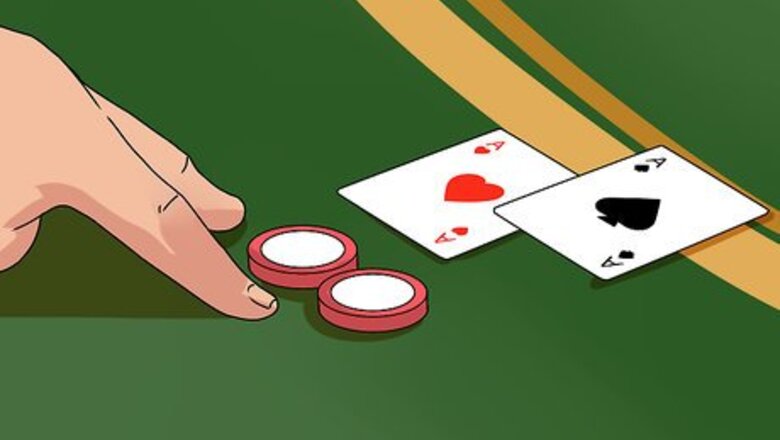
views
When You Should Always Split
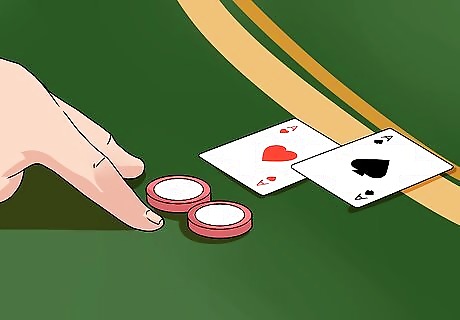
Always split aces. There are a few situations in Blackjack when it always makes sense to split, no matter what card the dealer is showing. For example, you should always split when you get a pair of aces. Splitting gives you a much better chance to get a strong hand. See below: If you play your two aces as one hand, you'll start with a value of 12 (one is played as an 11 and the other as a one). Only a nine will give you 21. A 10 or face card will force you to play the second ace with a value of one, bringing you back to 12. On the other hand, if you split, you have four ways to get a 21 in either hand (being dealt a 10, J, Q, or K).
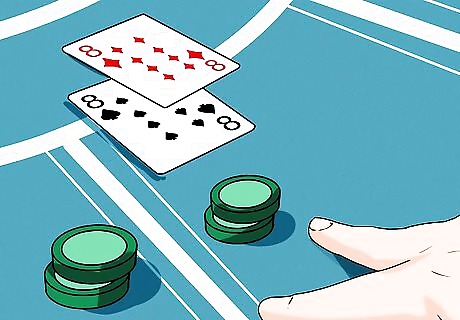
Always split eights. Besides aces, the other pair that almost every Blackjack expert will tell you to split on is eights. It's difficult to get a good hand when you play your eights as one hand. Your chances aren't fantastic when you play them separately, but you do stand a better chance mathematically. See below: Playing your two eights as one hand starts you at 16 (a very weak hand). Hitting at this point is a risky proposition. Anything above a 5 will cause you to bust, so you have about a 60% chance of losing the hand from the get-go. On the other hand, if you split, it's impossible to bust out on your first hit, so you at least have a chance of getting a more favorable hand.
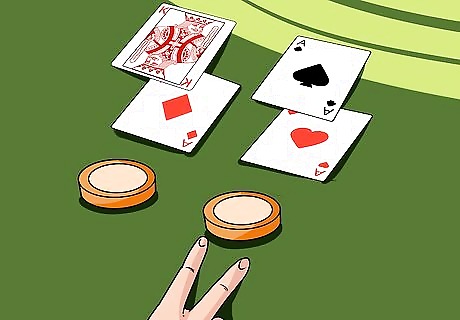
Always re-split aces or eights if you are dealt a second pair. When you split, the dealer gives you two cards — one for each of the new hands. If this gives you a second pair of aces or eights, treat it as its own hand and split again. Note that this requires you to triple your original bet (splitting the first time requires you to double it). House rules may vary here. Most Blackjack games will allow you to split a maximum of three times (to play a total of four hands).
When You Should Never Split
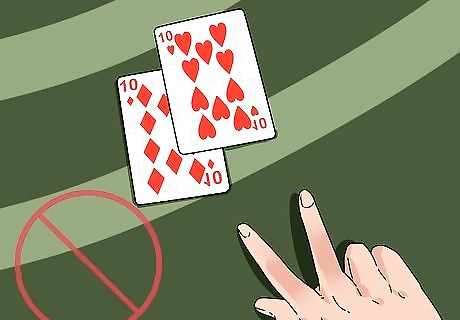
Never split tens. This is a common rookie mistake in Blackjack. Splitting 10s essentially sacrifices a great hand for a very slim chance at an even better one. See below: If you play a pair of 10s, your hand has a value of 20, which is quite good. If you split 10s, you need to get an ace to improve your stance — anything else will give you a hand that has an equal or lesser value. Statistically speaking, splitting tens is most likely to give you two hands worse than the first one. Some card-counting experts suggest splitting 10s in very specific situations. For example: if you're counting cards and know that there are lots of 10s left in the shoe, it can make sense to split 10s against a dealer showing 5 or 6 (which suggest a weak hand). This way, you stand a reasonable chance of getting at least one 20, while the dealer will have to get lucky to match or beat you.
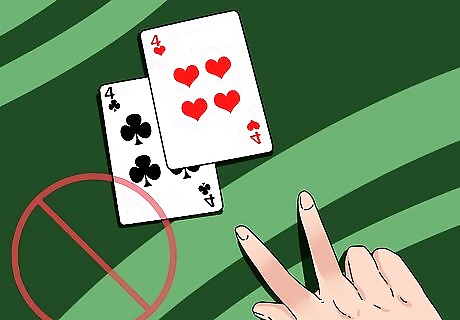
Never split fours. Splitting a pair of fours just gives you two weak hands, so it makes no sense. Remember that splitting requires you to double your original wager — this means splitting fours is usually a money-losing proposition. When you hit on a pair of fours, it's impossible to bust out — the highest you can go is 19 if you get an ace, which is a pretty decent hand. If you split your fours, you're likely to get left with a less-valuable hand (if you get a two or three) or a hand that is possible to bust out on if you hit (if you get an eight or higher). You need to get a five, six, or seven to be better off than you were originally.

Never split fives. When you see a pair of 5s, forget that they're a pair and treat them like a single 10. Double down on a 10 against anything but a dealer's nine, 10 or ace. For these three possibilities, just hit. Splitting a pair of fives is like splitting fours, only worse — you give up a strong starting hand for a very slim chance at getting something better. With a pair of fives, you can't bust out and you have a chance of getting 21 on the first hit. If you split, you'll be left with a weaker hand (if you get a two, three, or four) and/or a hand that it's possible to bust out on if you hit (if you get a six or above). There's really no way to come out ahead by splitting on fives.
When Splitting is Sometimes a Good Idea

Split twos, threes, or sevens if the dealer shows a seven or lower. The examples in the sections above are hard and fast rules that should rarely (if ever) be broken. For other pairs, the best course of action usually depends on the card the dealer is showing. For example, pairs of twos, threes, and sevens should be split when the dealer shows a relatively low card. If the dealer has an eight or better showing, just take a hit. Some resources recommend splitting twos and threes (but not sevens) when the dealer shows an eight.
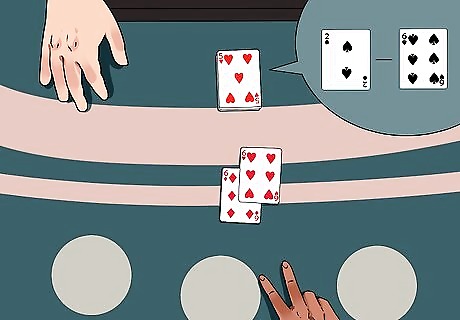
Split sixes when the dealer shows a two through six. If the dealer has a seven or better, just take a hit. Mathematically, you're more likely to beat weak dealer hands if you split your sixes. If the dealer is likely to have a stronger hand, your best bet is to hit and improve your hand — you'll only bust out if you get a 10 or face card.

Split nines against two through six, eight, and nine. If the dealer has a seven, ten, or ace showing, don't hit — instead, stand. Hitting on an 18 is borderline-suicidal. Anything but a two or three will make you bust out.













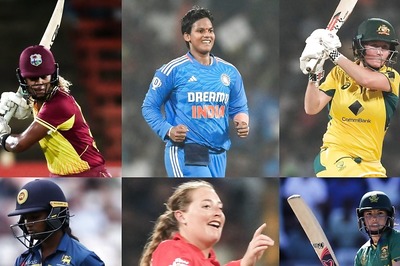


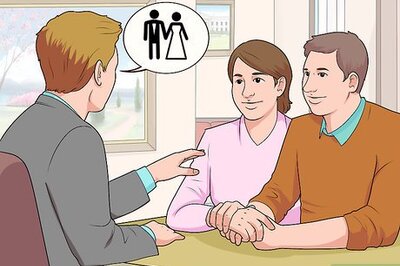
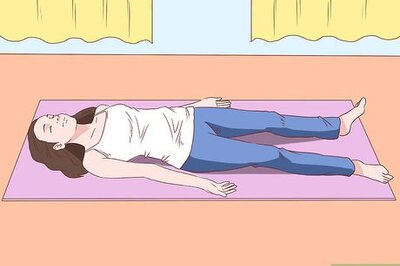
Comments
0 comment